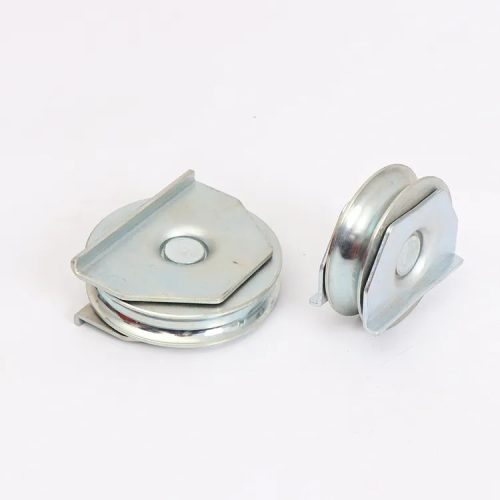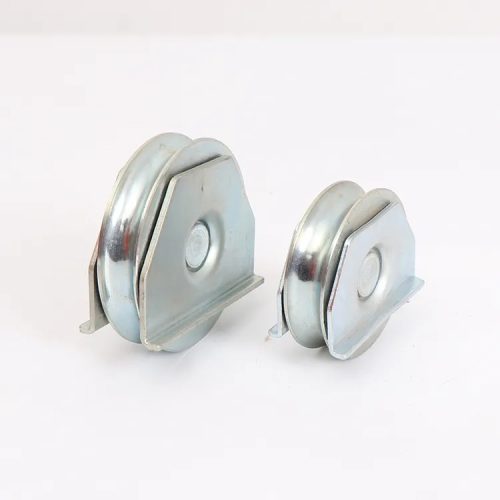Material handling is a critical aspect of various industries, from manufacturing and logistics to agriculture and aerospace. To meet the evolving needs of these industries, groove caster technology has been continuously advancing. In this article, we’ll explore the latest trends in groove caster technology and their impact on the future of material handling.
- Smart and IoT-Enabled Casters
As technology continues to integrate into industrial processes, smart and Internet of Things (IoT)-enabled groove casters are emerging. These casters come equipped with sensors and connectivity, allowing them to transmit data about load weight, speed, temperature, and other critical parameters. This real-time information enhances monitoring and control, enabling predictive maintenance and preventing breakdowns.
- Increased Load Capacities
The demand for moving heavier loads efficiently is on the rise. Manufacturers are developing groove casters with higher load capacities to address this need. These robust casters can handle substantial weights while maintaining alignment and stability, making them suitable for a wide range of applications.
- Innovations in Material and Coating Technologies
Material advancements play a vital role in the development of groove caster technology. New materials and coatings are being used to enhance durability, reduce friction, and increase resistance to harsh environments. These innovations result in longer-lasting and more reliable groove casters that can withstand challenging conditions.
- Customization for Specific Applications
Groove casters are increasingly being customized to meet the unique requirements of different industries and applications. Whether it’s designing casters for extreme temperatures, high-speed conveyor systems, or automated robotic applications, customization ensures that the casters perform optimally in specific environments.
- Improved Ergonomics and Safety
The latest groove casters prioritize ergonomics and safety. Casters are designed with features like noise reduction, shock absorption, and anti-vibration technologies to create a safer and more comfortable working environment for operators. This is especially important in industries where employees interact closely with material handling equipment.
- Sustainability and Energy Efficiency
With a growing emphasis on sustainability, groove caster technology is moving towards designs that reduce energy consumption and minimize environmental impact. Energy-efficient casters can lead to cost savings while supporting environmentally responsible practices.
- Integration with Automation and Robotics
As automation and robotics continue to expand in various industries, groove casters are being integrated seamlessly with these systems. They play a crucial role in moving materials and ensuring precise alignment in automated processes, contributing to increased efficiency and productivity.
- Enhanced Durability and Longevity
The latest groove casters are designed to withstand heavy usage and harsh conditions. Improved manufacturing processes and materials result in casters that have a longer lifespan, reducing maintenance costs and enhancing overall operational efficiency.
In conclusion, groove caster technology is evolving to meet the ever-changing demands of material handling across industries. The future promises smarter, more efficient, and customized solutions that enhance productivity, safety, and sustainability. Keeping an eye on these trends and advancements is essential for businesses seeking to remain competitive and efficient in their material handling operations.
As the landscape of material handling continues to change, staying informed about the latest groove caster technology trends can provide your organization with a significant competitive advantage. These innovations are shaping the future of material handling, and the possibilities are limitless.


